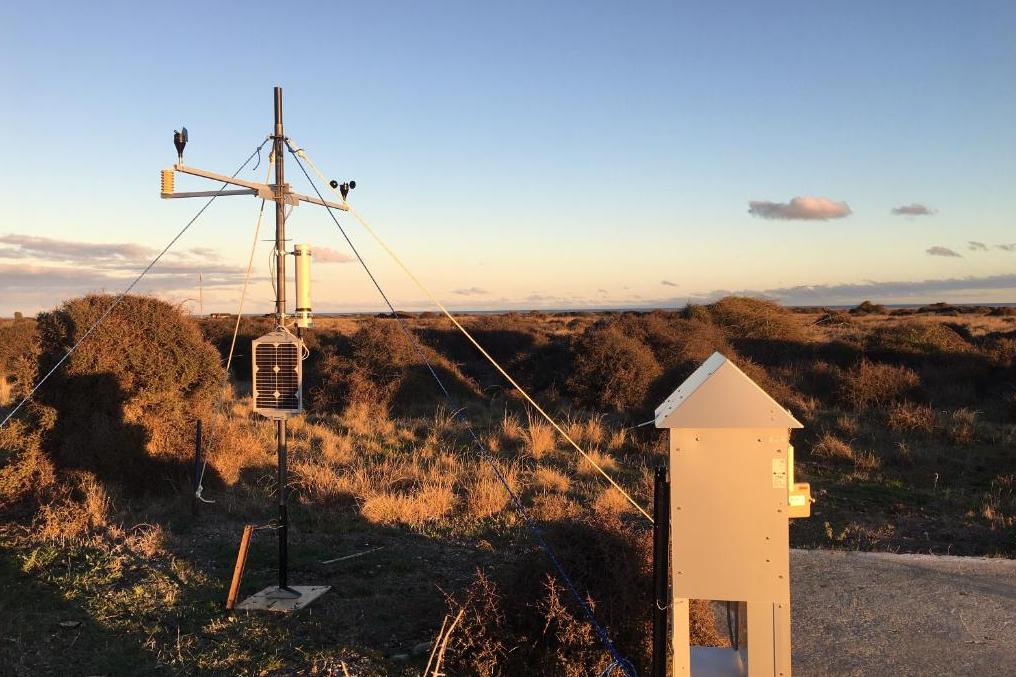A new modelling study led by University of Canterbury atmospheric chemist Dr Laura Revell is the first to investigate the effects of airborne microplastics on climate.
Dr Revell – along with University of Canterbury colleagues Dr Peter Kuma and Professor Sally Gaw, and MacDiarmid Institute researchers Professor Eric Le Ru and Dr Walter Somerville at Victoria University Wellington – has published the findings in the prestigious scientific journal Nature, titled ‘Direct radiative effects of airborne microplastics’.
“We studied how microplastic fragments and fibres – two types of microplastics commonly found in the atmosphere – interact with light, and used this information in a global climate model to calculate the overall impact of airborne microplastics on Earth’s climate,” Dr Revell explains.
“Based on our assumptions, which were drawn from the limited number of airborne microplastics studies to date, the impact of airborne microplastics on climate is currently small, as expected.”
What are microplastics?
Microplastics are very small plastic fragments or fibres produced from the breakdown of larger plastics. Airborne microplastics are transported by winds across the Earth and are present in the atmosphere in both urban megacities and remote less populated regions.
“Because they absorb, emit and scatter radiation, like other components of the atmosphere such as dust or greenhouse gases, they can affect the climate by cooling or warming the atmosphere,” Dr Revell says.
It is important to know whether airborne microplastics may become a bigger issue in future if the abundance of microplastics increases, she says. This is likely to happen: approximately 5 billion tons of plastic waste have accumulated in landfills or the natural environment to date, an amount set to double over the next 30 years if current trends in plastic production and waste management continue.
“Since plastic degrades through age and exposure to light to produce microplastics, we expect microplastics to be present in Earth’s atmosphere for many years to come,” Dr Revell says.
“Indeed, if the global average concentration increases to values already seen in some megacities, then the effect of airborne microplastics on climate will be significant and potentially similar in size to other atmospheric aerosols routinely included in climate models.”
This new study complements others which studied the effects of microplastics on human health and ecosystems.
“As the first study to link airborne microplastics and climate change, it highlights the widespread nature of microplastic pollution and the potential for it to influence climate on a global scale.”
This research, led by Dr Revell at the University of Canterbury, was supported by the Royal Society Te Apārangi with a $300,000 Fast-Start grant from the 2019 Marsden Fund Te Pūtea Rangahau a Marsden. The discovery of atmospheric microplastics was then so recent it was not known whether they significantly influence Earth’s climate or not.
Dr Kuma is a recent doctoral graduate of UC, who completed his PhD at UC in 2020. He worked for Dr Revell modelling the impacts of airborne microplastics in a changing climate as a postdoctoral researcher and is now at Sweden’s Stockholm University.


